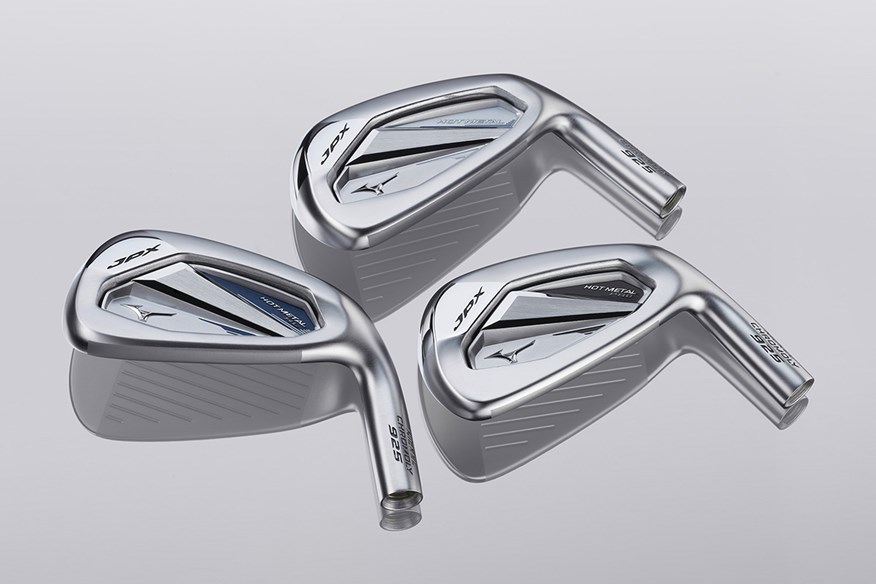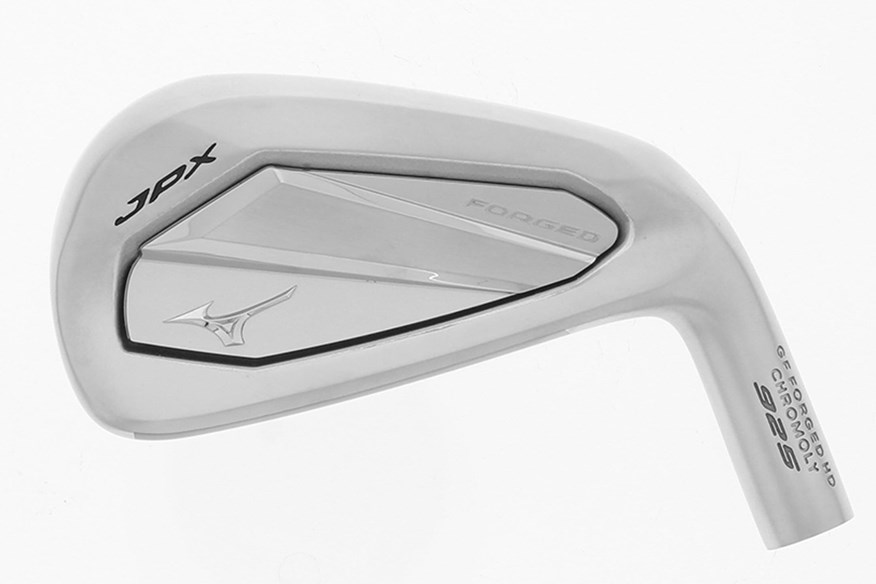Mizuno JPX 925 Hot Metal Family: Everything you need to know
Last updated:
The Hot Metal series from Mizuno has gone from strength to strength since its introduction with the 900 series in 2017, but how has the JPX 925 taken the next step?
Mizuno are no strangers to a challenge. Two years ago they released the JPX 923 models to much acclaim, including making the list of our best game-improver irons in both 2023 and 2024, with the company creating a family of irons that appealed to both the modern and classic golfer. 2024 sees them renew the series with the release of the Mizuno JPX 925 Hot Metal collection, and the challenge this year is seeing if they can improve on an already top-class product.
“The JPX line allows us to approach design in a whole new way, thinking about the future and experimenting with advanced technologies and materials, said Chris Voshall, Mizuno’s Product Director.
“This forward-thinking mindset enables us to challenge conventions in every category of clubs—irons, drivers, and more. And even with this innovative approach, we continue to deliver the exceptional look and feel that makes Mizuno golf clubs so special.”
Any changes needed to be made in a way that offers the same feedback the company is well-regarded for, while also providing tangible benefits for the golfer considering these models over other brands. Mizuno therefore went about exploring areas that they’ve never been to in the JPX series, to see how far they could push their technologies in pursuit of performance.
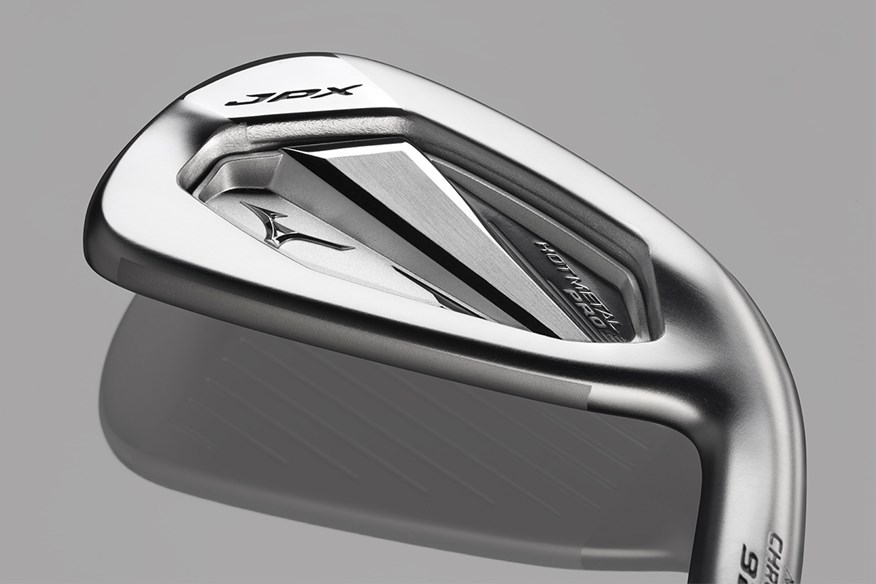
Weight low, ball high
With the success of the previous generation, there was always going to be a lot of carryover from the 923 design. Chief among these is the Nickel Chromoly used across the face and hosel.
Chromoly 4140M, the choice in question, allows for a very high strength-to-weight ratio meaning you can make the face thinner and increase ball speed. Mizuno stated that, with the first test models out of R&D, they were beyond the USGA and R&A ceiling on ball speed.
Creating this illegal product actually helps, as the engineers were able to dial the faces back to target just inside the legal limit. The material also offers malleability, which is why it is extended into the hosel. You can move and bend the iron with the ease of a forged iron, making it ideal for fitting.
This high-strength choice has been pushed to the extremes with the new CORTECH Contour Ellipse Face. A complete reengineering of the face profile over the previous generation means the face is 30% thinner when compared. If you want to imagine what this looks like, stack 12 pieces of paper on top of one another and you’ll be close to replicating the 1.2mm face. With the new shape, which stretches from high toe to low heel, ball speed is retained across the whole face, aiding in pure strikes as well as mishits.
In addition to Nickel Chromoly and Ellipse Face, Mizuno has brought across design elements from the Pro iron family, specifically the 245.
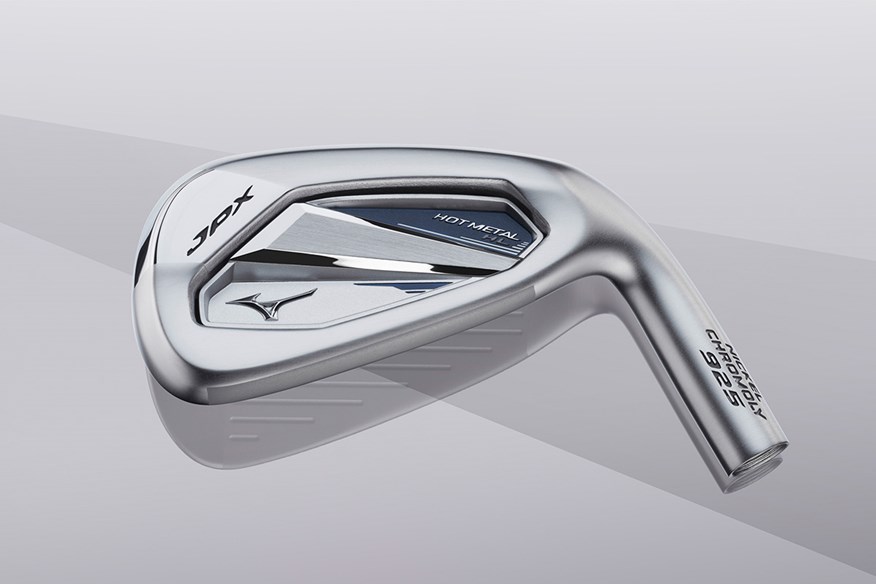
Mizuno JPX 925 Hot Metals now boasts, for the first time in this series, Multi-Material Construction. For the 925, this means tungsten metal has been brought into the long and mid-irons.
No doubt you’re familiar with the benefits of tungsten after all these years, but it’s still worth mentioning that the implementation of the material here is significant in its ability to bring down the center of gravity. Lowered CG means that you increase the sweet spot in the lower parts of the face, while also increasing launch and height to steepen your landing angle.
Steeper landing angles will achieve greater stopping power on the greens, so you can be more precise with your shots while retaining the extra distance gained from the hotter face.
Perfect Harmony
Adding weight is great, but where it’s placed has more than just an effect on your shot’s height. It can also have an impact on face deflection (how the club reacts to off-center hits) and control, and even on the feel and sound of the head.
Mizuno, aware of the feedback received at every level of the game, have developed their Balanced Stability Frame to combat this. The frame allows designers to maintain the improvements to forgiveness and stability while also enabling them to control vibration and sound, moving closer to a tour-preferred feel.
This, combined with the Harmonic Impact Technology that fine-tunes the head geometry, delivers ideal feedback from impact, balancing the powerful but sometimes harsh noise associated with Game Improver irons with the more subtle sound spectrum of the company’s Pro-series irons.
Finally, Mizuno have again installed their Acoustic Sound Ribs to work with the other vibration-control features to enhance shots struck across the face to seem more explosive, giving you the feeling of confidence in your game even when ball-striking isn’t perfect.
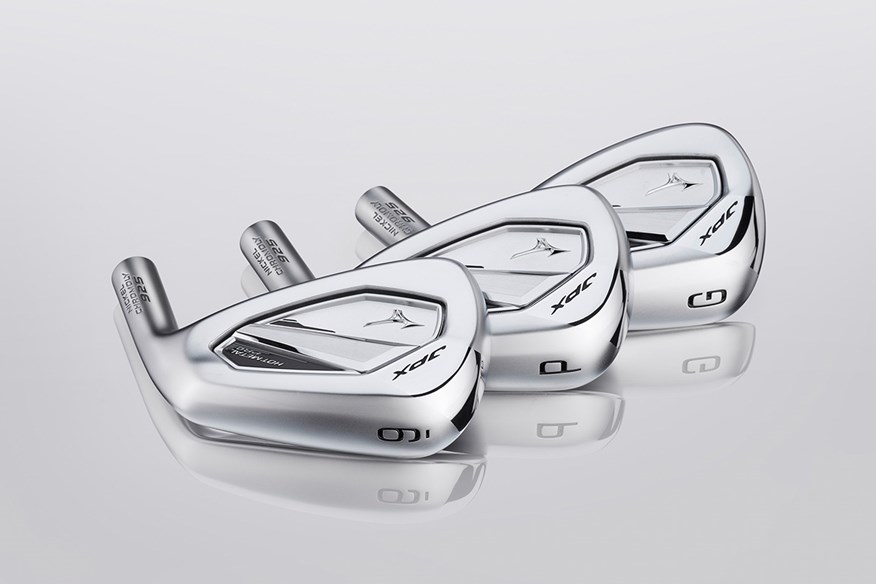
Model Features
As with the 923, the JPX 925 series is available in three head models. There has been both a Forged and Tour model available in previous generations but, like with 923, Mizuno is delaying the release of those heads for the moment (we can still add some speculation for you further down though).
Hot Metal – This is the ‘standard’ version offered by Mizuno. Every model comes with the same technology, with the differences being in the visuals you look down on. The Hot Metal has more offset and a wider sole to help with turf interaction and slightly stronger lofts. The back of the head is the most uniform, with a chrome style across the badging. Every loft is available in both Left- and Right-Handed, with a £150 RRP per iron/£900 RRP 5-PW.
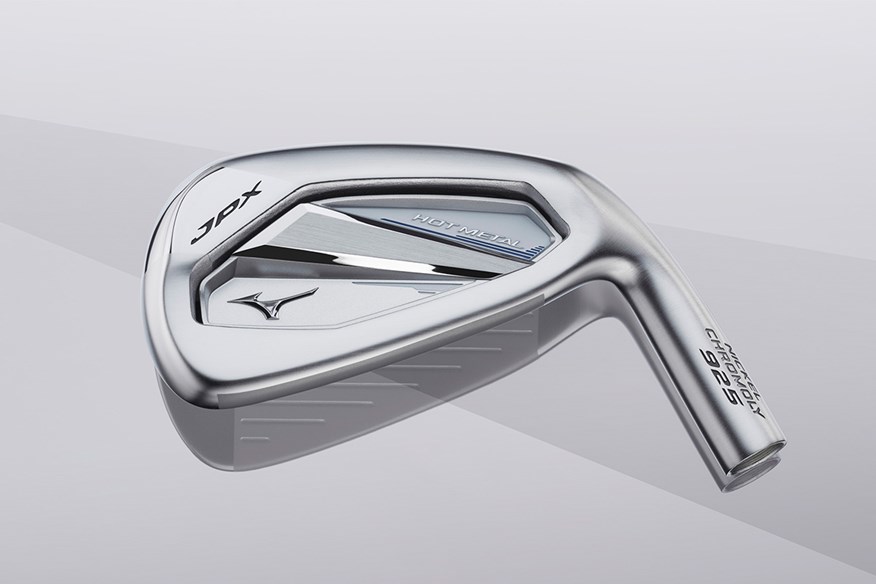
| Spec | 4 | 5 | 6 | 7 | 8 | 9 | PW | GW | SW |
| Club Length | 38.75” | 38.25” | 37.75” | 37.25” | 36.75” | 36.25” | 35.75” | 35.5” | 35.25” |
| Loft | 19º | 22º | 25º | 28º | 32.5º | 37º | 42º | 48º | 54º |
| Lie | 60.5º | 61º | 61.5º | 62º | 62.5º | 63º | 63.5º | 64º | 64º |
| Bounce | 1º | 2º | 3º | 4º | 5º | 6º | 7º | 8º | 12º |
Hot Metal HL – The High Launch model does what it says. Identical to the standard model for offset and topline thickness, the change between the two is the weaker loft offered in HL. Designed to assist with golfers who need further help getting the ball in the air, a slightly wider sole gets the club head back out of the ground faster to stop steep players from digging the leading edge too much. HL is only available for Right-Handers, but a similar effect can be achieved by weakening the loft of the Hot Metal for lefties in need of more height. HL is £150 RRP per iron/£900 RRP 5-PW.
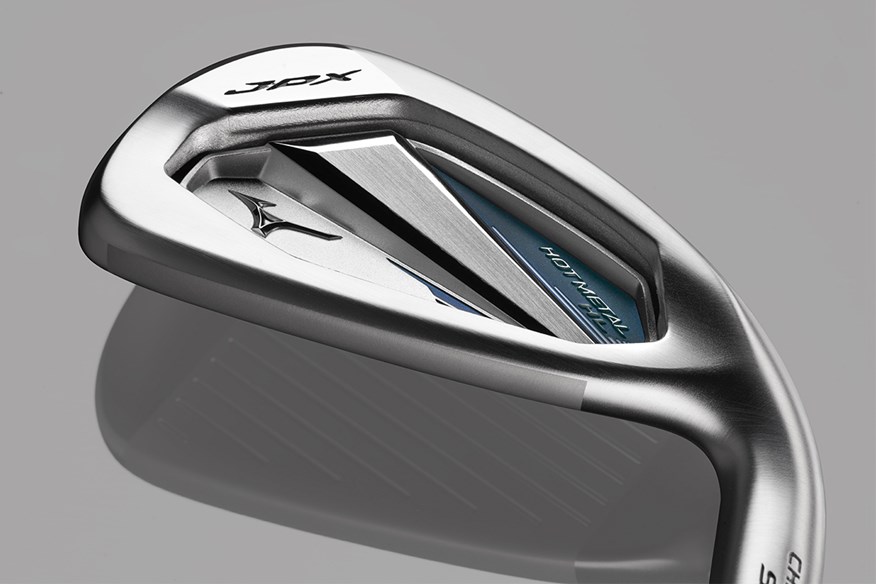
| Spec | 4 | 5 | 6 | 7 | 8 | 9 | PW | GW | SW |
| Club Length | 38.75” | 38.25” | 37.75” | 37.25” | 36.75” | 36.25” | 35.75” | 35.5” | 35.25” |
| Loft | 22º | 25º | 28º | 31º | 35º | 40º | 45º | 50º | 55º |
| Lie | 60.5º | 61º | 61.5º | 62º | 62.5º | 63º | 63.5º | 64º | 64º |
| Bounce | 0º | 1º | 2º | 3º | 4º | 5º | 6º | 8º | 12º |
Hot Metal Pro – The Pro is designed to sit on the fence between the Game Improver category and the styles of the Players Distance heads. Featuring a slimmer sole and reduced toplines, this model will appeal to the golfer wanting more help in ball speed but less in directional control. Less offset contributes to a more traditional look at address. Available in 4-GW for golfers who stand on either side of the ball, the SW from the standard set can be blended if needed. HMP is £165 RRP per iron/£990 RRP 5-PW.
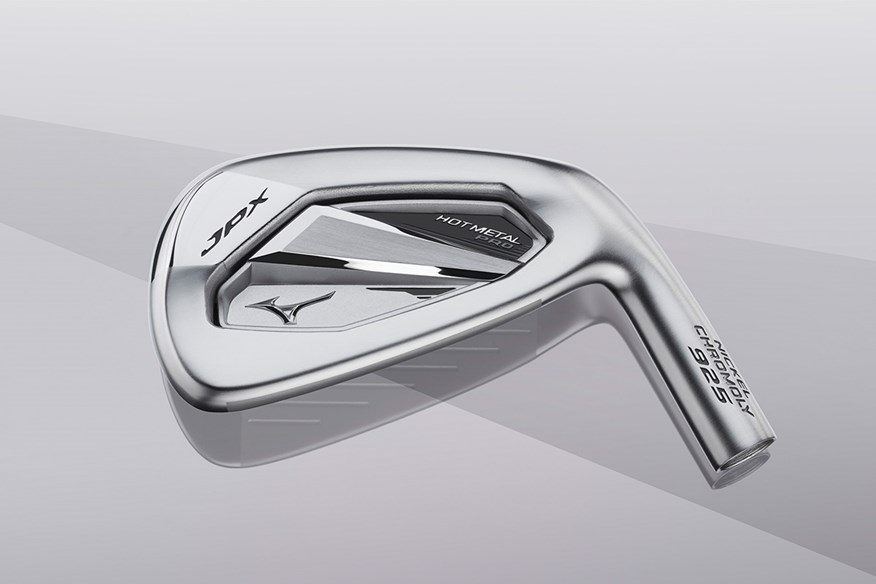
| Spec | 4 | 5 | 6 | 7 | 8 | 9 | PW | GW |
| Club Length | 38.75” | 38.25” | 37.75” | 37.25” | 36.75” | 36.25” | 35.75” | 35.5” |
| Loft | 19º | 22º | 25º | 28º | 32.5º | 37º | 42º | 48º |
| Lie | 60.5º | 61º | 61.5º | 62º | 62.5º | 63º | 63.5º | 64º |
| Bounce | 1º | 2º | 3º | 4º | 5º | 6º | 7º | 8º |
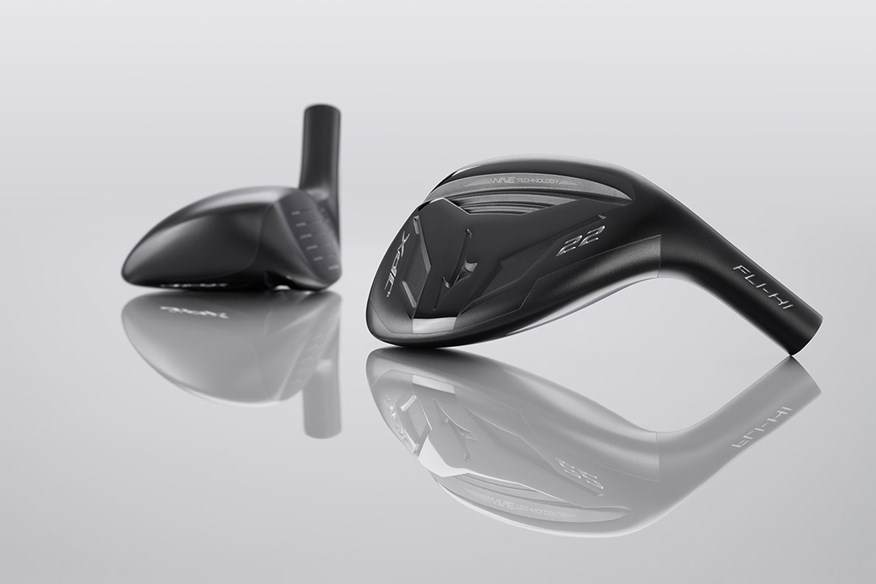
Fli-Hi Hybrid
The JPX 925 Fli-Hi hybrid was created to match the design of the 925 iron heads. If you’re looking for even more height than you can get from the Hot Metals, the Fli-Hi, due to its nature as a hybrid will produce more forgiveness and improved launch.
The Fli-Hi hybrid shares HIT – Harmonic Impact Technology – with the rest of the JPX 925 release, using head geometry to keep the sound in line with the Hot Metal irons. This should mean the feedback is more consistent, regardless of where you transition into the hybrid from your irons.
Mizuno have also introduced what they call Flow Profile Design. The lower lofts have wider profiles to give confidence whereas the higher lofts feature gradually tighter shapes so they can blend with the Hot Metals. They also developed Speed Bevel soles, which offer a blunted leading edge so the hybrids can glide through the turf more cleanly than before.
The final aspects to talk about are the combination of Wave Sole, used in previous Mizuno hybrids, allowing for more ball speed across the face in an effort to create better distance dispersion from front-to-back, as well as combining a stronger 17-4 stainless steel face and softer 431 body for a blend of power and adaptability.
The Fli-Hi will have more draw bias than the ST-Z or ST-Max options, and can be fitted with the same shafts and specs as your irons to compliment the set.
The JPX 925 Fli-Hi hybrid will be priced at £165 RRP per hybrid.
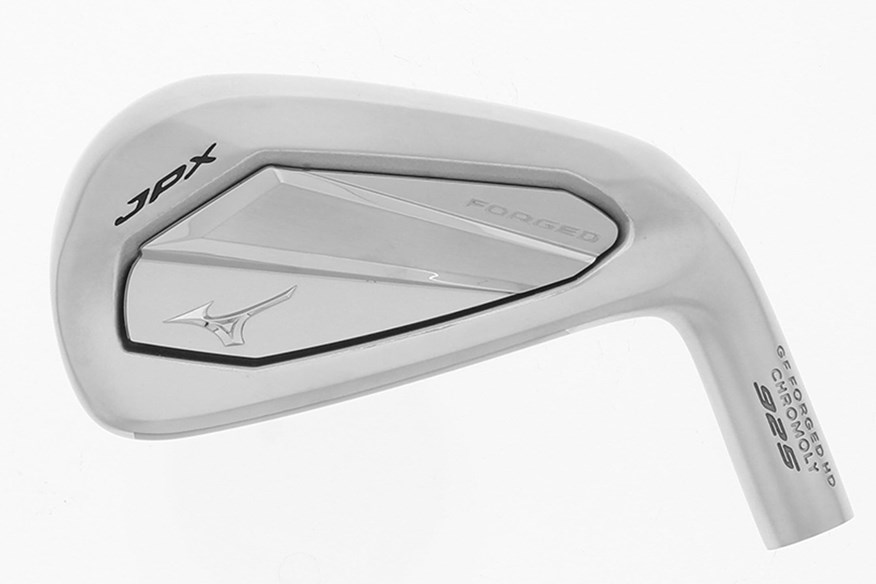
Forged and Tour
For now, Mizuno is staying tight-lipped about the additional models in the line-up. On Monday the 19th of August, just as Mizuno released the new Hot Metal range to the market, the USGA conforming list also added another head to the list not previously mentioned by the company, to press or public. With the continued success of the JPX 923 Forged and Tour heads at both retail and tour levels, it would seem Mizuno are not done yet with the two player-orientated models even if the Tour has still not yet been seen.
What will be interesting to see is if the new Forged offers anything like the Multi-Material Construction present across the Hot Metal range, or whether they stick with the separation of the short irons in the classic 1025E carbon steel and mid to long irons in the popular chromoly blend.
The Tour model, if and when it appears, will likely stay true to its previous generations and be crafted from a softer metal, where speed isn’t as much of a necessity in the design as with the rest of the family. Where it will be interesting to see if Mizuno makes a change, however, is with the aggressive shape of the sole on the Tour irons that had previously won over so many modern swingers of the golf club.
Custom Fitting
While Mizuno do make sets that can be purchased off the shop floor, they (and we at Today’s Golfer) would encourage you to go and get fitted for their clubs. While this is true of all manufacturers, Mizuno Golf offers two unique points to their fitting service.
Firstly, every Mizuno fitting hub is equipped with Mizuno’s Swing DNA technology, a shaft featuring sensors throughout the entirety of its length. These sensors pair with a phone or PC through Bluetooth to compare your data to the massive archive that Mizuno has collected from both amateurs and Tour Pros. Using this, the Swing DNA can recommend a selection of shafts to your fitter to help them get the most out of your game with ease and speed.
Bill Price, the Director of Custom Fitting for Mizuno golf, is on record as having total confidence in Mizuno’s deep custom fitting options.
“Whether a golfer needs added height, a slimmer profile, more spin, a tailored lie angle, or any of more than 50 unique shaft options, our new JPX range and enhanced PFS System and Software ensure they receive the optimal fit for their game.”
The second piece of information that you need to know is that Mizuno don’t charge for any of their shafts and grip options. This is perfect for the golfer that needs something different from stock offerings (that’s a good 90% of golfers, just so we’re clear) so you can have equipment correct to your golf game without paying any upcharges.
-
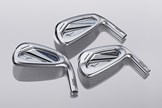 The new Mizuno JPX 925 Hot Metal irons look to push even more performance out of their redesigned faces
The new Mizuno JPX 925 Hot Metal irons look to push even more performance out of their redesigned faces
-
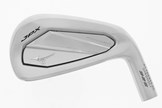
-
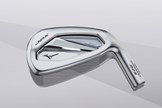 JPX 925 Hot Metal has a face of 1.2mm thick, that's just 12 sheets of paper!
JPX 925 Hot Metal has a face of 1.2mm thick, that's just 12 sheets of paper!
-
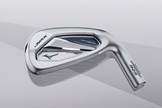 The Mizuno JPX 925 Hot Metals feature a sound bar for vibration dampening
The Mizuno JPX 925 Hot Metals feature a sound bar for vibration dampening
-
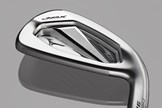 The Mizuno JPX 925 Hot Metal irons have a redesigned Contour Ellipse Face thickness
The Mizuno JPX 925 Hot Metal irons have a redesigned Contour Ellipse Face thickness
-
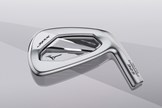 The JPX 925 Hot Metal Pro has a slimmer profile
The JPX 925 Hot Metal Pro has a slimmer profile
-
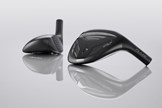 JPX 925 Fli-Hi Hybrids are designed to compliment every model of the new Hot Metal irons series
JPX 925 Fli-Hi Hybrids are designed to compliment every model of the new Hot Metal irons series
-
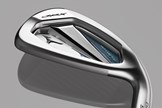 JPX 925 Hot Metal HL is designed to get the ball airborne faster than anything else in Mizuno's arsenal
JPX 925 Hot Metal HL is designed to get the ball airborne faster than anything else in Mizuno's arsenal
-
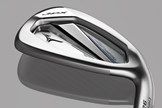
-
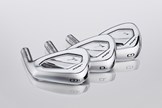 JPX 925 Hot Metal wedges fit into both the Pro and Standard model gapping
JPX 925 Hot Metal wedges fit into both the Pro and Standard model gapping
-
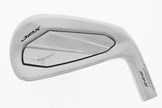 Mizuno JPX 925 Forged hit the USGA Conforming list on Monday 19th August 2024
Mizuno JPX 925 Forged hit the USGA Conforming list on Monday 19th August 2024
